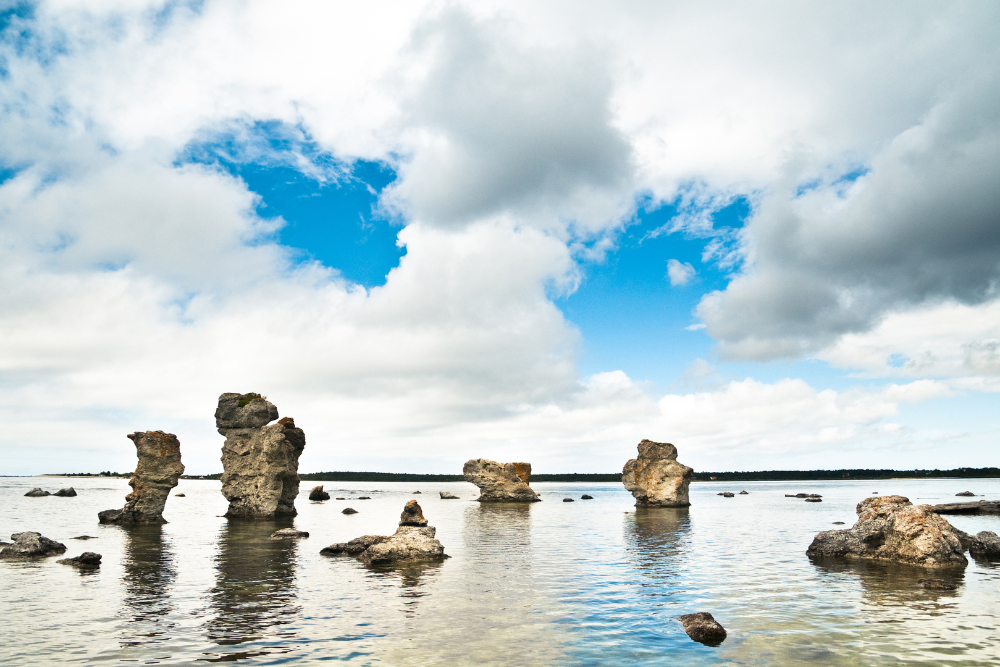Located in the Baltic Sea, Gotland is Sweden’s largest island and one of the country’s most enchanting destinations. Known for its medieval history, stunning natural landscapes, and charming villages, Gotland offers a rich cultural experience that seamlessly blends history with the beauty of the Swedish countryside. Whether you’re a history buff, nature lover, or simply seeking a peaceful retreat, Gotland is a place where time seems to stand still. In this guide, we explore the island’s historical sites, picturesque towns, and unique attractions, making it the perfect destination for anyone looking to escape the hustle and bustle of everyday life.
1. Visby: A Medieval Marvel
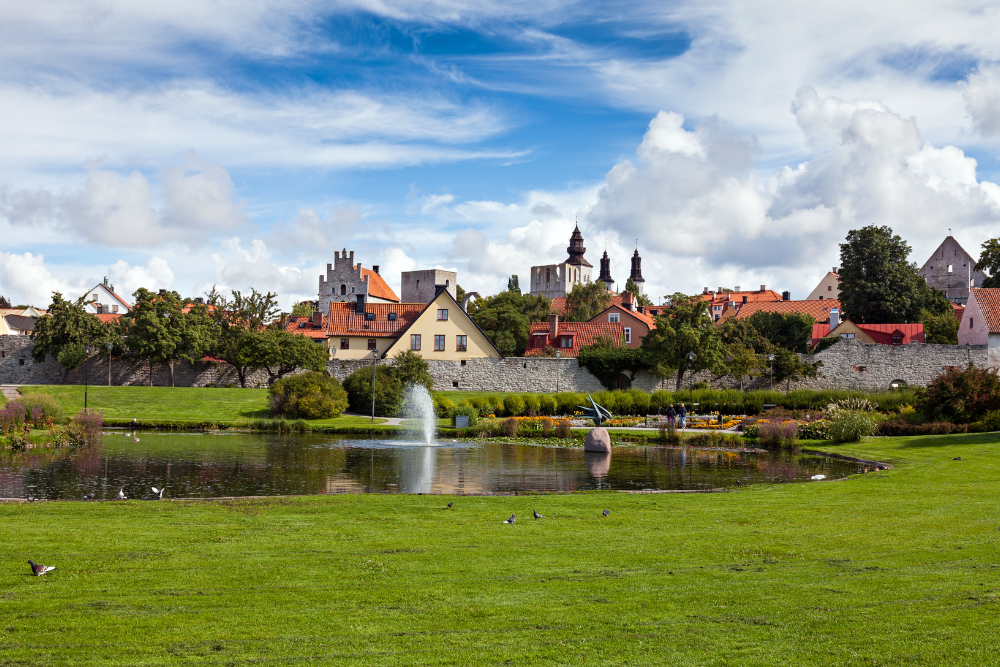
The island’s capital, Visby, is the heart of Gotland’s historical charm. A UNESCO World Heritage Site, this medieval town is one of Sweden’s best-preserved historical gems, with cobbled streets, ancient buildings, and remnants of its fortified walls. The town’s atmosphere is incredibly picturesque, with narrow alleys, blooming flowers, and a medieval vibe that takes you back in time.
- Why Visit: Visby’s Old Town is an open-air museum in itself, filled with historical landmarks such as St. Mary’s Cathedral, the Visby City Wall, and Almedalen Park. The Visby Town Wall, built in the 13th century, is an impressive structure that once protected the town from invaders. You can walk along parts of the wall and enjoy stunning views of the town and the sea.
- What to Do:
- Visit the Gotland Museum, where you’ll find exhibitions on the island’s Viking history, medieval life, and archaeology.
- Explore St. Nicholas Church, an impressive medieval church with beautiful architecture.
- Wander through the charming streets of the Old Town, full of quaint shops, cafés, and galleries.
- Best Time to Visit: While Visby is enchanting year-round, it comes alive during the summer months when the town hosts various cultural festivals, including the famous Medieval Week in August. This event transforms the town into a bustling medieval market, complete with reenactments, jousting tournaments, and traditional music.
2. Gotland’s Viking Heritage: Nature’s Beauty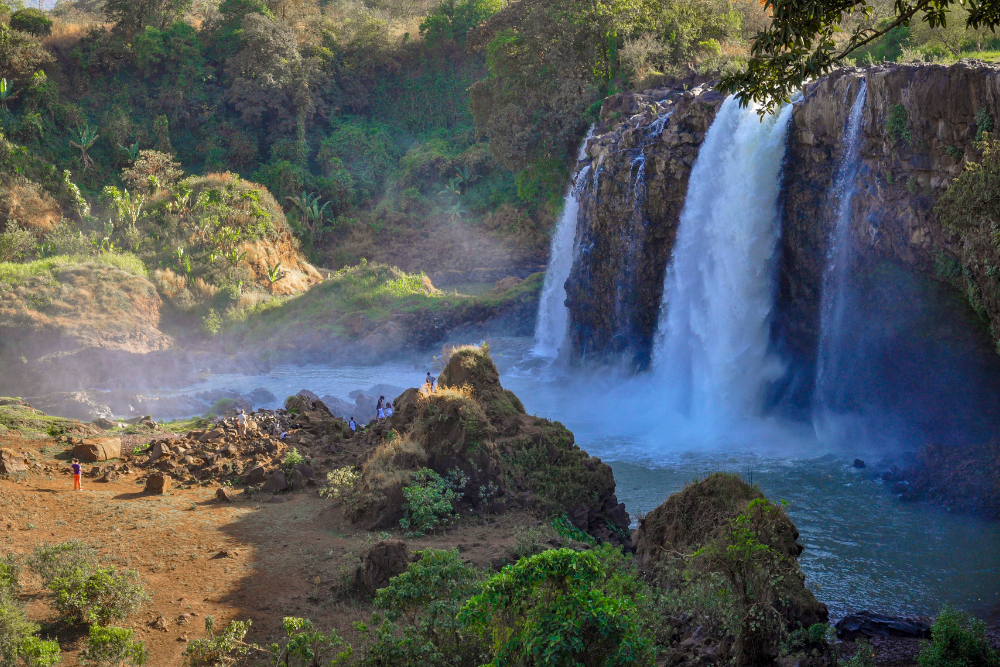
Gotland is steeped in Viking history, and there are numerous archaeological sites on the island that provide insight into its Viking past. The island was an important trading hub during the Viking Age and is home to many ancient burial sites and runestones.
- Why Visit: Gotland’s Viking heritage is deeply embedded in its landscape. Visitors can explore Viking burial mounds, ancient rune stones, and old settlements that provide a fascinating glimpse into life during the Viking Age.
- What to Do:
- Visit Lilla Varholmen, a site that contains several Viking-age burial mounds and artifacts. The site offers a quiet and reflective spot to learn about Viking customs and their connection to the island.
- Explore Gutehög, one of Gotland’s most famous Viking burial sites, located on the island’s west coast. Here you can see large stone circles and ancient grave mounds.
- Check out the Gute Runestone, located near the village of Fårösund, which is one of the largest and best-preserved Viking-era runestones in Sweden.
- Best Time to Visit: Spring and summer are ideal for visiting the Viking heritage sites, as the weather is mild, and the landscape is lush and green. It’s also the best time for exploring outdoor sites like the burial mounds and rune stones.
3. Fårösund: The Island’s Secluded Beauty

Just north of Gotland, the small island of Fårösund is a quiet paradise that offers a chance to escape to nature while still soaking in the island’s historical allure. Known for its dramatic landscapes, sandy beaches, and ancient ruins, Fårösund provides an idyllic setting for relaxation and exploration.
- Why Visit: Fårösund is famous for its Fårösand beach, unique fishing villages, and ancient sites like the Fårösund Lighthouse. The island’s history dates back to the Viking Age, and it was once a key trading post in the Baltic Sea region. Today, it’s a peaceful retreat where visitors can enjoy the natural beauty of Gotland away from the crowds.
- What to Do:
- Visit Fårösund Lighthouse, which has been guiding ships since the 19th century and offers breathtaking views of the surrounding sea.
- Explore Fårösund Church, a small medieval church that offers an insight into the island’s religious history.
- Stroll along the island’s many beautiful beaches, or rent a bike and cycle along the scenic coastal paths.
- Best Time to Visit: Fårösund is a fantastic destination during the summer, when you can enjoy swimming, cycling, and hiking in the sunny weather. The island’s quiet beauty also makes it a peaceful retreat in the spring or fall.
4. Gotland’s Lighthouses and Coastal Walks
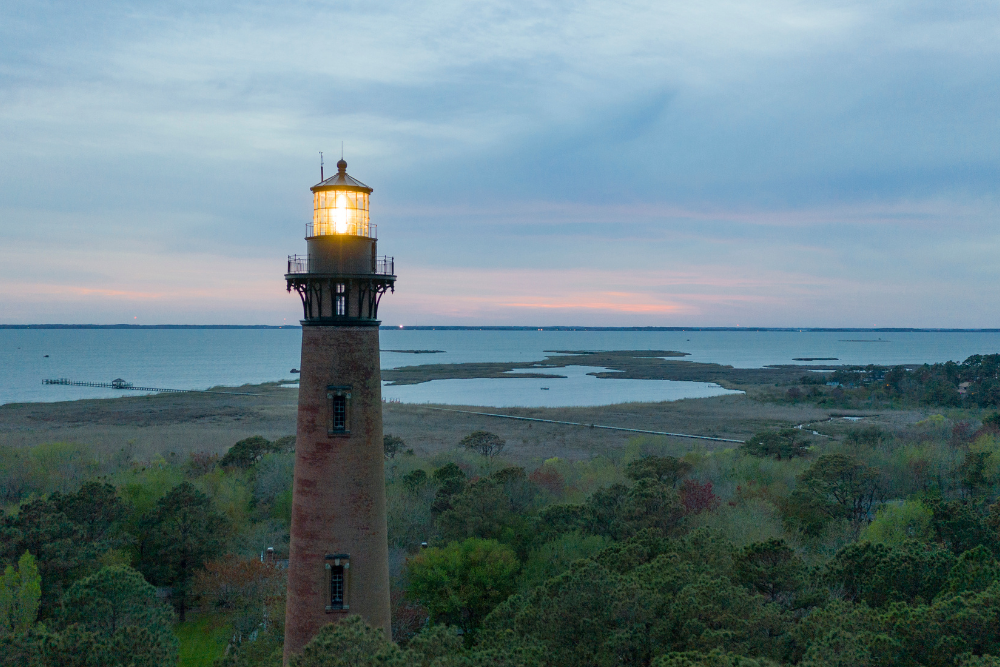
With its stunning coastline, Gotland boasts several picturesque lighthouses that have guided ships across the Baltic for centuries. These lighthouses are not only functional but also a beautiful part of the island’s maritime history.
- Why Visit: Gotland has over 15 lighthouses, some of which are open to visitors. The lighthouses offer a glimpse into the island’s seafaring past while also providing some of the most scenic spots on Gotland, making them perfect for photography or a peaceful walk along the coast.
- What to Do:
- Visit the Lilla Varholmen Lighthouse, which is one of the oldest lighthouses on Gotland, dating back to the 17th century.
- Take a coastal walk around Lilla Varholmen, where you can enjoy panoramic views of the Baltic Sea.
- Stop at Lilla Varholmen Beach, a secluded beach with clear waters and a great spot for swimming and sunbathing.
- Best Time to Visit: The summer months are ideal for exploring the coastal lighthouses and taking long walks along the beaches. The mild weather and long days offer the perfect conditions for outdoor activities.
5. Nature and Outdoor Activities on Gotland
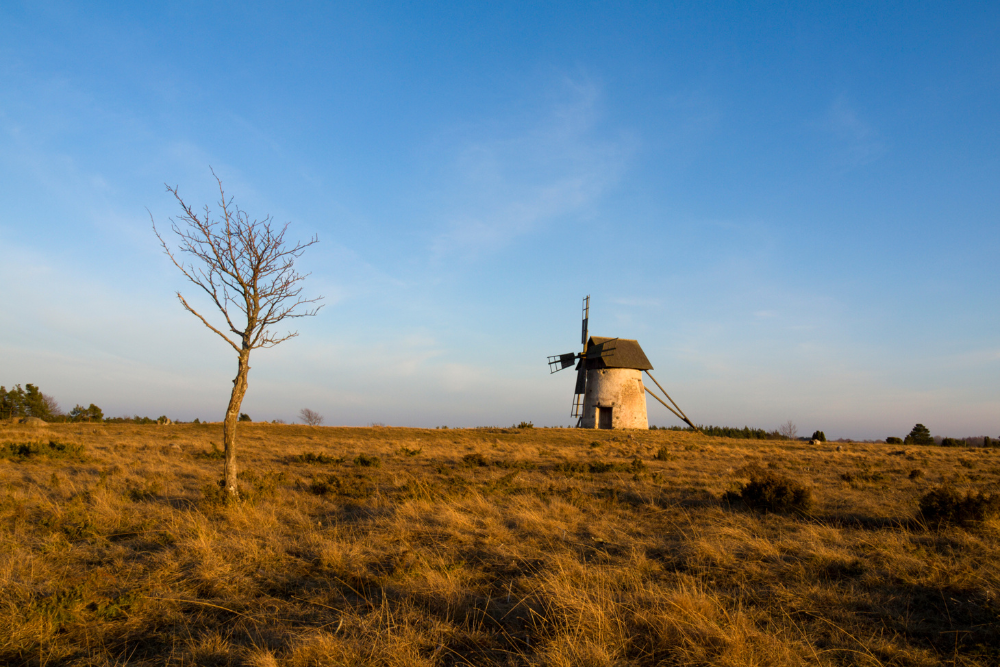
While Gotland is rich in history, it also offers an abundance of natural beauty. From stunning beaches to sprawling forests, the island is a haven for nature lovers and outdoor enthusiasts. Hiking, cycling, and wildlife watching are popular activities for visitors looking to explore Gotland’s landscapes.
- Why Visit: Gotland’s diverse landscapes range from sandy beaches to lush forests and rocky cliffs. The island is also home to several nature reserves and parks, where you can spot local wildlife, including seals, birds, and wild boar.
- What to Do:
- Explore Lilla Varholmen Nature Reserve, which covers coastal meadows, forests, and sandy beaches. This area is perfect for hiking, birdwatching, and photography.
- Cycle along the Gotland Coastal Route, a scenic path that takes you around the island’s beautiful shoreline and offers stunning views of the Baltic.
- Visit Fårösund Nature Reserve, which is home to unique geological formations, including limestone cliffs, and serves as a sanctuary for various wildlife species.
- Best Time to Visit: Gotland’s natural beauty can be enjoyed year-round, with the summer months offering the best weather for outdoor activities. Fall and spring are also great times for hiking, as the island’s flora and fauna come to life during these seasons.
Conclusion
Gotland Island is a captivating blend of history, nature, and culture. With its well-preserved medieval town of Visby, Viking heritage, coastal beauty, and tranquil rural landscapes, Gotland offers an exceptional escape into the past and present of Swedish life. Whether you’re walking along ancient city walls, exploring Viking burial sites, or enjoying the serenity of its remote beaches, Gotland promises a rich and fulfilling experience. It’s a place where history is alive and nature provides a stunning backdrop for a peaceful retreat.



